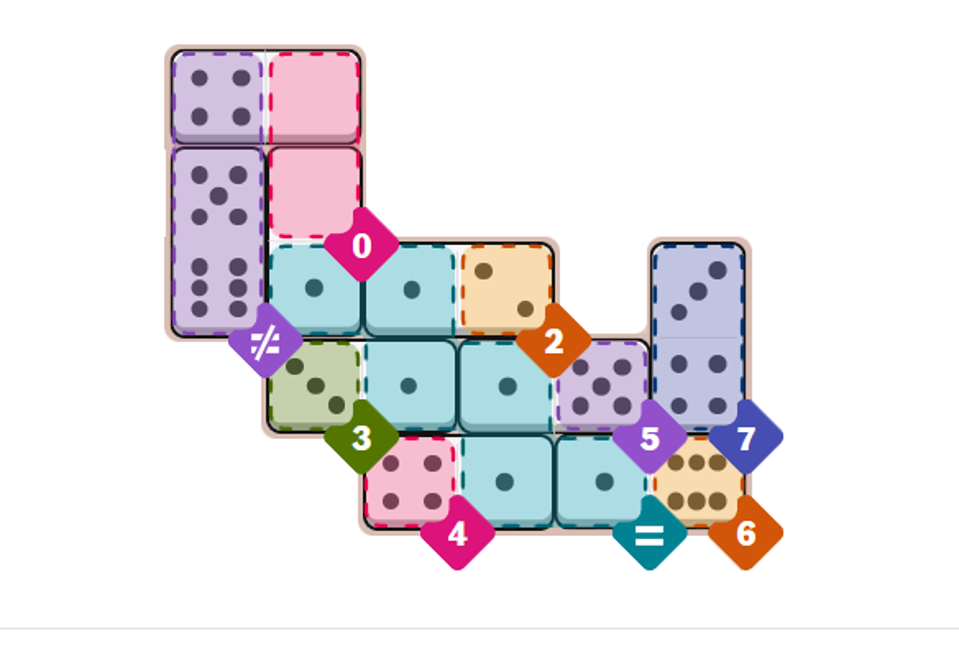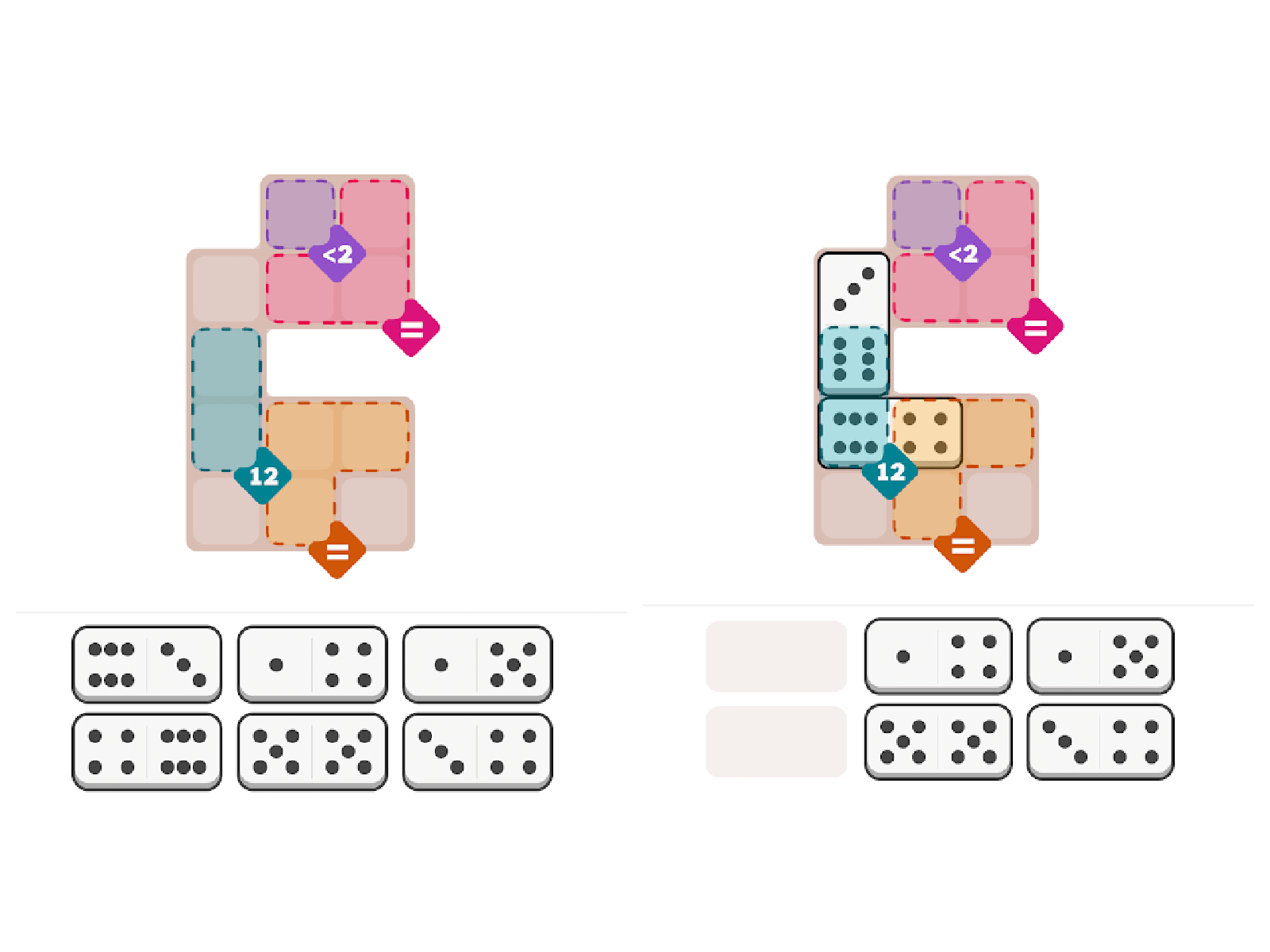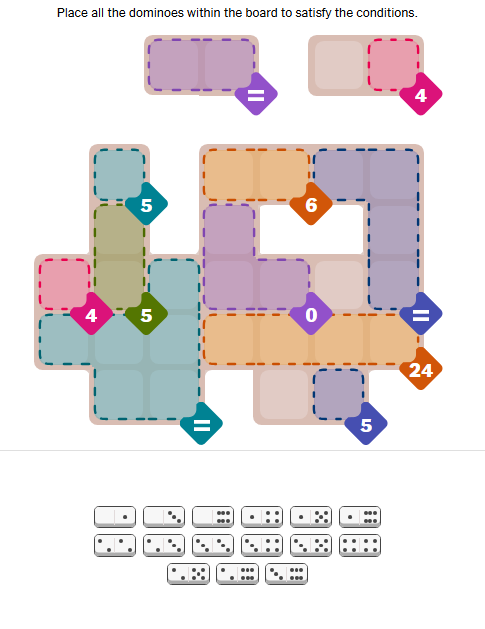How to Play NYT Pips: A Beginner’s Guide to Solving the Viral Domino Puzzle
We will walk you through the fundamental rules of NYT Pips, provide a step-by-step tutorial for solving your first puzzle, and explore advanced strategies to help you tackle even the most complex boards.

Table of Content:

In the ever-expanding universe of daily digital puzzles, The New York Times has once again captured the attention of logic game enthusiasts with its latest creation, Pips. Launched in August 2025, Pips is a captivating and visually intuitive puzzle that blends the familiar concept of dominoes with strategic, logic-based placement. Unlike traditional dominoes, it is a single-player experience that challenges your spatial reasoning and problem-solving skills.
If you have found yourself intrigued by this new game but are unsure where to begin, this guide is for you. We will walk you through the fundamental rules, provide a step-by-step tutorial for solving your first puzzle, and explore advanced strategies to help you tackle even the most complex boards. Prepare to transform from a curious novice into a confident Pips master.
What is NYT Pips?
Pips is a logic puzzle where the primary objective is to fill a grid with a given set of dominoes. The grid is divided into various colored regions, each with a specific rule or condition that must be satisfied by the parts of the dominoes placed within it. The challenge lies not in matching domino numbers, but in arranging all the dominoes on the board in a way that simultaneously fulfills every region’s unique condition. It is a game of pure logic, where every move informs the next and a single correct placement can unlock the entire puzzle.
Understanding the Rules and Conditions
Before placing your first domino, it is crucial to understand the language of the game. Each colored region on the board has a condition, usually indicated by a symbol in its bottom-right corner. The halves of the dominoes that fall within a region must collectively satisfy its rule. It is important to remember that a single domino can straddle two different regions, with each half contributing to the rule of its respective area.
Here is a breakdown of the conditions you will encounter:
| Symbol | Condition Name | Description |
|---|---|---|
| 5 | Sum | The pips on all domino halves within the region must add up to this exact number. |
| = | Equal | All domino halves within the region must have the same number of pips. |
| ≠ | Not Equal | All domino halves within the region must have different numbers of pips. |
| < 3 | Less Than | The pips on each domino half within the region must be less than this number. |
| > 4 | Greater Than | The pips on each domino half within the region must be greater than this number. |
| (blank) | No Condition | There are no rules for this region. These are flexible zones. |
It is a common and critical mistake for new players to try to match the numbers of touching dominoes, as in the traditional game. In Pips, you must ignore this instinct and focus solely on satisfying the regional conditions.
A Step-by-Step Guide to Solving Your First Puzzle
Let’s walk through a simple puzzle to illustrate the thought process. We will use a beginner-friendly example to demonstrate how to apply the rules and basic strategies.

Step 1: Analyze the Board and Identify Constraints
First, take a moment to survey the entire puzzle. Identify the different regions and their conditions. Look for the most restrictive clues, as these are the best places to start. In our example, we have four distinct regions:
- A purple region with a < 2 condition.
- A pink region with an = (Equal) condition.
- A blue region with a sum of 12.
- An orange region with an = (Equal) condition.
The < 2 condition is highly restrictive, as it means any domino half in that region must be a 0 or a 1. The sum of 12 is also a strong clue, as it requires high-value dominoes. The two “Equal” regions are also excellent starting points.
Step 2: Make Your First Move with a Forced Fit
Let’s focus on the blue region, which requires a sum of 12. Looking at our available dominoes, we can see a 6-6 double. Placing this domino entirely within the blue region immediately satisfies the condition. This is a powerful starting move because it uses a high-value domino and fills a significant portion of a constrained region.
Step 3: Propagate Constraints to Neighboring Regions
Now that we have placed the 6-6 domino, let’s see how it affects the surrounding areas. The placement of this domino forces the orientation of the dominoes in the pink and orange “Equal” regions. For the pink region, we now know that both domino halves must be the same number. Looking at our remaining dominoes, we can see a 1-1 double. This is the only domino that can fit in the remaining space of the pink region.
Step 4: Use Process of Elimination
With the 6-6 and 1-1 dominoes placed, we have fewer pieces and fewer open spaces to worry about. Now let’s look at the purple region with the < 2 condition. We need domino halves with a value of 0 or 1. We have a 1-0 domino available. Placing this domino in the purple region satisfies the condition. The remaining space in the blue region can now be filled with the 3-3 domino, which adds to the sum of 12.
Step 5: Complete the Puzzle
At this point, only one domino and one space remain. The final domino, a 2-5, fits perfectly into the last open spot. Before celebrating, do a final scan of the board to ensure all conditions are met. The purple region contains a 0 and a 1 (both < 2). The pink region contains two 1s (Equal). The blue region contains a 6, 6, 3, and 3, which sum to 18, not 12. This means we have made a mistake. This is a normal part of the process. Let’s backtrack.
Our initial assumption about the 6-6 domino was incorrect. Let’s rethink the blue region. What if we use the 6-5 and 1-0 dominoes? 6+5+1+0 = 12. This looks promising. Let’s try placing the 6-5 and 1-0 dominoes in the blue region. Now, let’s re-evaluate the other regions. This iterative process of placing, checking, and backtracking is key to solving Pips.
By carefully applying the rules and thinking ahead, you can solve any Pips puzzle. Remember that every puzzle has a single unique solution, and with logical deduction, you will find it.
Advanced Strategies to Sharpen Your Skills
Once you have mastered the basics, you can begin to incorporate more advanced strategies into your gameplay. These techniques, gathered from seasoned players and puzzle enthusiasts, will help you solve more complex puzzles with greater speed and efficiency.
1. Prioritize the Most Constrained Regions
This is the golden rule of Pips. Always start by identifying and solving the regions that offer the fewest placement options. This creates a cascade of forced moves that can quickly unravel the puzzle.
- Single-square regions or tight corridors: These spaces physically restrict the orientation of the dominoes.
- “Equal” (=) regions: These are highly restrictive, especially when combined with a limited number of available doubles (e.g., 4-4, 5-5).
- Regions with very high or very low sums: For example, a two-cell region with a sum of 1 or a three-cell region with a sum of 17 will have very few possible domino combinations.
2. Think Like an Accountant: Budget Your Totals
For regions with a sum condition, create a mental or written list of all the domino combinations that can satisfy the total. For instance, if a region requires a sum of 7, the possible pairs are (1,6), (2,5), and (3,4). As you place dominoes in other regions, you can cross pairs off your list, narrowing down the possibilities.
3. Use Dominoes as Bridges: Propagate Constraints
Remember that a single domino often acts as a bridge between two regions. When you place a domino, immediately consider the implications for the adjacent region. Locking one half of a domino to satisfy one region’s rule can severely restrict the possibilities for the other half, creating a new forced move.
4. Master the Art of Backtracking
Do not be afraid to make a temporary placement to test a hypothesis. If you find that a move leads to a contradiction or an impossible situation in another region, undo it and try an alternative. Pips is a forgiving game, and this process of trial and error is a powerful solving tool. When you get stuck, try undoing your last few moves to see where you might have taken a wrong turn.
5. Leverage the Blank Spaces
Regions with no conditions are your strategic reserves. Use them as “parking spots” for the less useful half of a domino while the other half works to satisfy a strict condition in a neighboring region. In general, it is best to solve the most constrained regions first and leave the flexible, no-rule areas for last.

Beyond the Game: Real-World Applications of Pips Logic
The skills you develop while playing Pips extend far beyond the digital game board. The logical deduction and strategic planning required to solve these puzzles are directly applicable to a wide range of real-life challenges.
Pips is, at its core, a constraint satisfaction problem, a type of problem common in fields like project management, logistics, and computer science. When you schedule a series of meetings around the availability of multiple team members, you are solving a constraint satisfaction problem. The techniques you use in Pips, such as identifying the tightest constraints first (the person with the least availability) and backtracking when you hit a dead end, are the same strategies used to solve these complex logistical puzzles.
Furthermore, the process of breaking down a complex Pips puzzle into smaller, manageable parts mirrors effective problem-solving in business and engineering. By starting with a small, solvable piece of the puzzle, you build momentum and gather information that makes the larger problem easier to tackle. This iterative approach of testing, verifying, and building upon previous successes is the foundation of innovation in any field.
Conclusion: Your Journey with Pips Starts Now
NYT Pips is more than just a game; it is a daily mental workout that sharpens your logic, enhances your strategic thinking, and trains your brain to see patterns in complexity. By understanding the core mechanics and applying the strategies outlined in this guide, you are well-equipped to tackle any Pips puzzle that comes your way, from the gentle learning curve of the Easy puzzles to the formidable challenge of the Hard ones.
The true joy of Pips lies in the “aha!” moment when a complex board suddenly clicks into place. The journey to that moment is a rewarding exercise in patience and logical deduction. If you are looking for a way to practice these skills with unlimited puzzles, you might enjoy exploring similar games on platforms like PlayPips.app, which offers the same engaging gameplay with an endless supply of challenges.
So, the next time you open the NYT Games app, we hope you will approach Pips with a newfound sense of confidence and a strategic toolkit ready for action. Happy puzzling!
